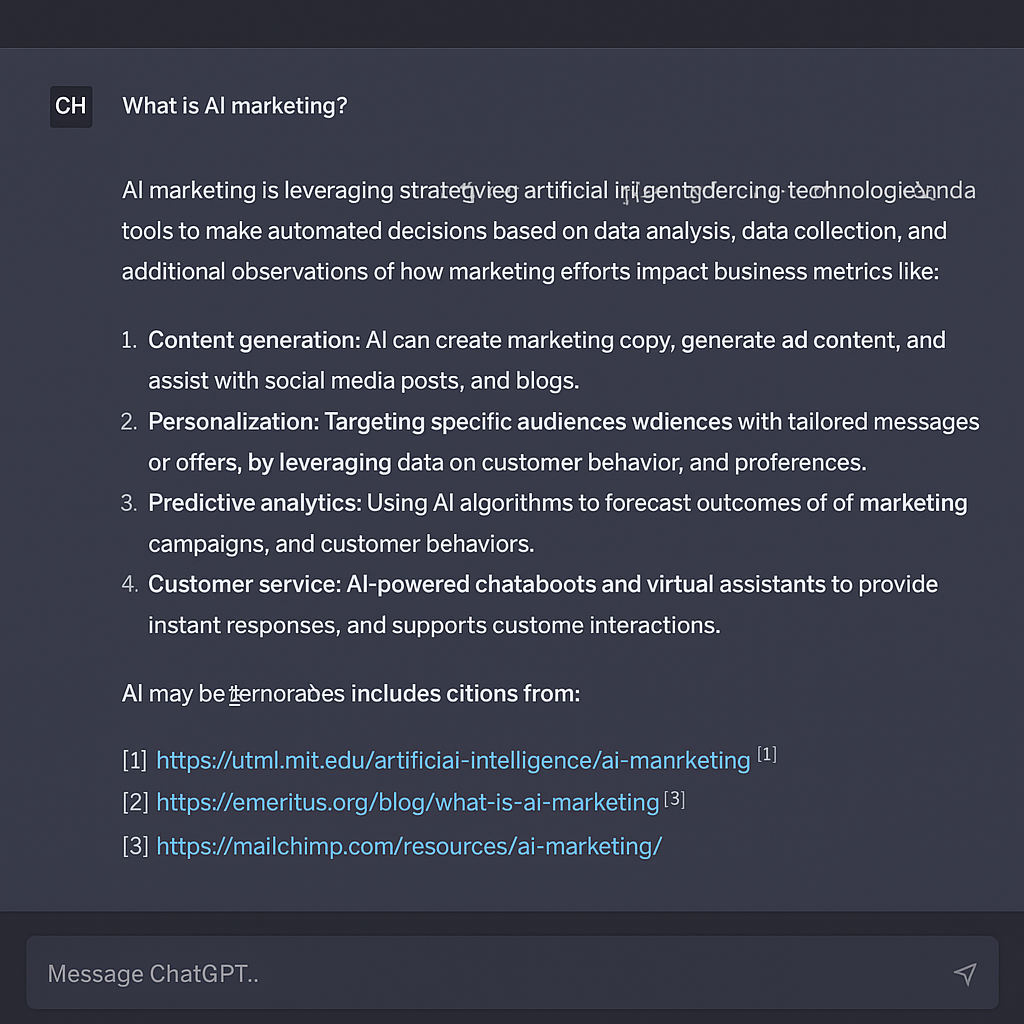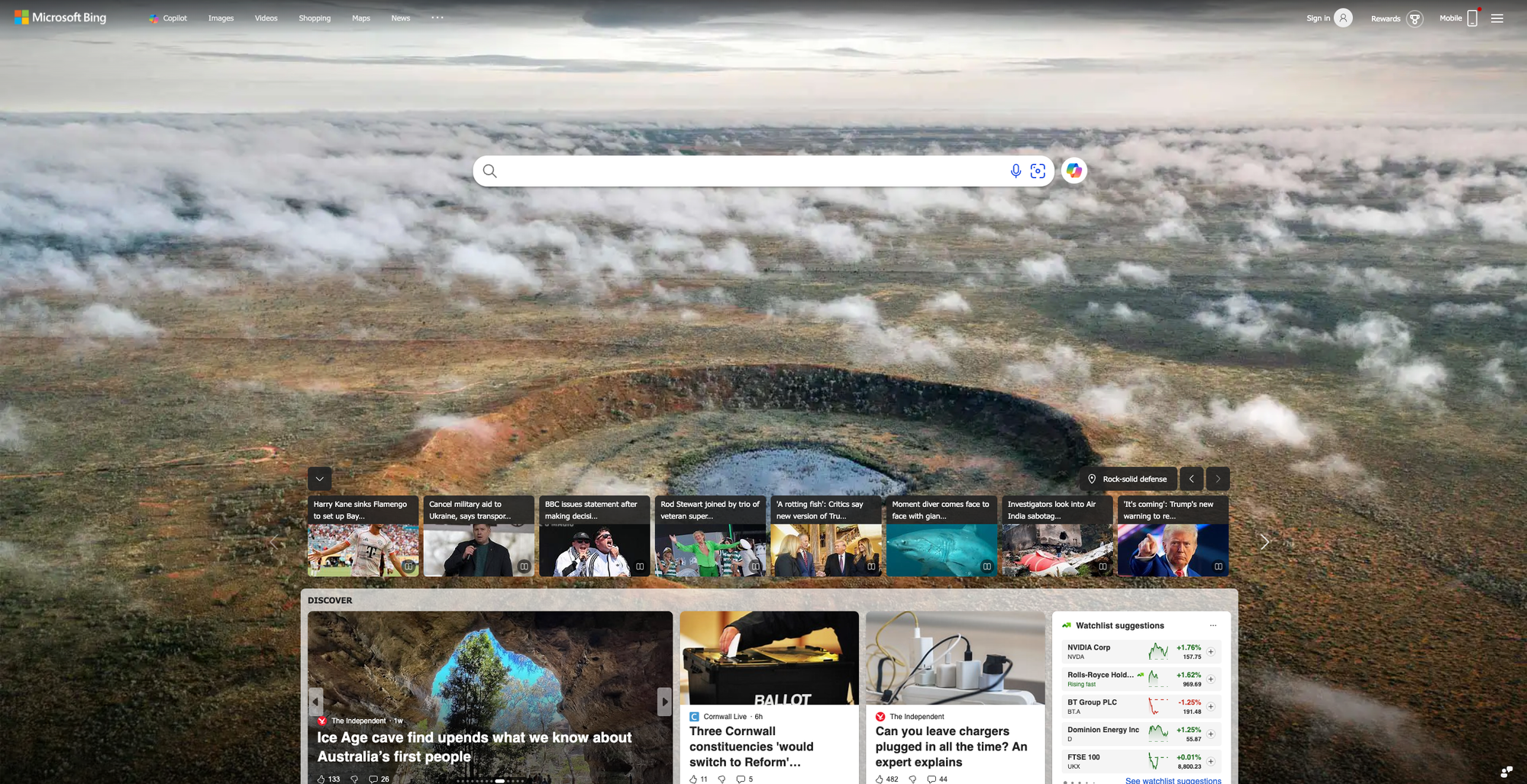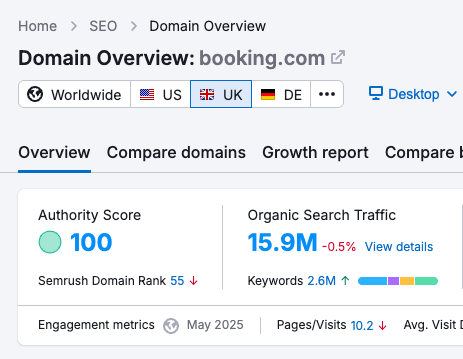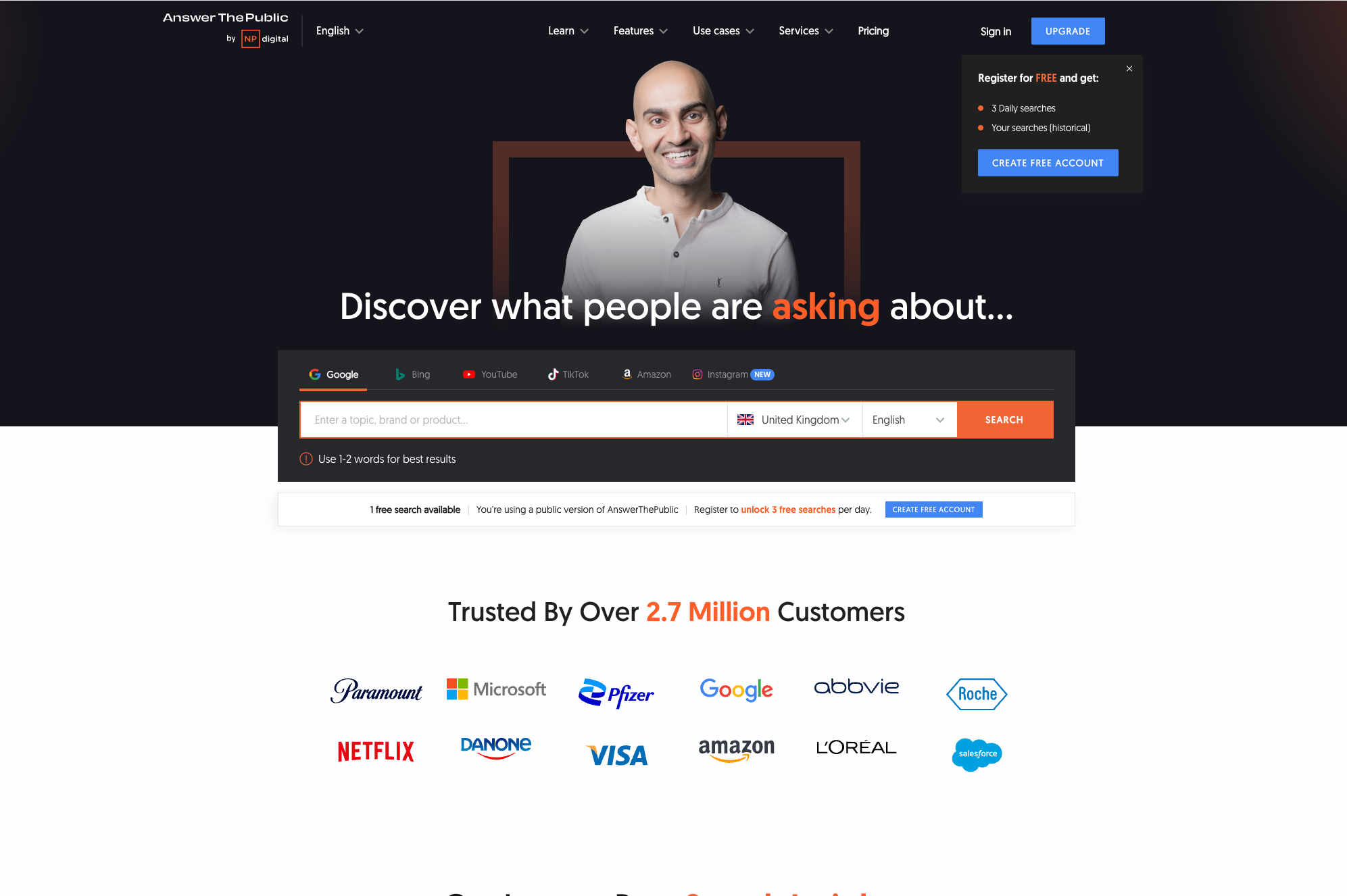Optimise Your Content to Show Up in ChatGPT

Understanding the Role of ChatGPT in Content Discovery
The Significance of Appearing in AI-Driven Searches
Getting featured in ChatGPT isn’t just a nice-to-have; it’s the new front page of Google. When someone gets an answer from ChatGPT, it lands with a certain authority. If your content’s in there, you’ve already won half the battle for trust. Appearing in ChatGPT search results can be as impactful as ranking on traditional search engines.
But here’s the twist: ChatGPT pulls from both its training data and Bing’s live index. That means your content needs to live in two worlds, relevant enough to show up in traditional search and current enough to satisfy AI tools and its browsing capabilities. The game has changed. Time to optimise it differently.

Technical Foundations of ChatGPT
Think of Bing as the engine behind ChatGPT’s web search power. It fetches up-to-date content that fills in the gaps in ChatGPT’s knowledge base. If your site isn’t crawlable, structured and regularly updated you’re invisible. Refresh your content often and make sure it’s indexable. ChatGPT now includes links to relevant web sources through Bing. Stale content won’t make the cut in this new ChatGPT search landscape.
Best Practices for Optimising Content for AI

Creating Authoritative and AI-Friendly Content
Authoritativeness isn’t just a ranking signal it’s how you become quotable in ChatGPT answers. If you want to show up in ChatGPT results, your content needs to be accurate, up-to-date and consistently valuable. AI-driven search experiences value credibility. Optimise your site structure and make it easy for ChatGPT to pull real-time info from your pages.
Step-By-Step Strategies for Optimisation
- Audit Often: Use tools like SEMrush or Ahrefs to find outdated pages and refresh them. If it's been untouched for 6+ months, it’s probably stale and won't show up in ChatGPT.
- Use Semantic Keywords: Go beyond exact match. Think context and natural language queries. Google’s Keyword Planner can help surface related terms that improve your chances of appearing in ChatGPT search results.
- Add Schema: Schema markup helps ChatGPT and Bing understand your content. Use Google's Structured Data Markup Helper to get started and boost visibility in AI overviews.
- Earn Authority: Backlinks from reputable sources build credibility. AI platforms like ChatGPT use that to prioritise what to feature.
Integrating Prompt Engineering
Prompt engineering sounds fancy, but it’s just structured clarity for ChatGPT to read. Rework key parts of your content, like product descriptions or FAQs into clean, scannable Q&A formats. Make it easy for ChatGPT and other AI models to understand and reuse.
- Example: Instead of a long paragraph about your refund policy, write: “Q: What is your refund policy? A: We offer a 30-day money-back guarantee on all purchases.” That structure helps ChatGPT index your answer directly.
Utilising Keywords to Enhance Recognition
Keyword Strategy for ChatGPT SEO
Keywords still matter in ChatGPT search, but context is king. Use natural language and semantic keywords that match how users ask a question. AI-friendly content, written with conversational AI patterns in mind improves the chances of showing up in ChatGPT using conversational and specific queries.
- Example: If you’re writing about AI tools for marketers, include phrases like “AI-generated content,” “prompt engineering,” “traffic from ChatGPT,” and “AI-driven SEO workflows.”
Leveraging Retrieval Plugins
Retrieval plugins help ChatGPT pull real-time content even if it’s not in its training data. These AI features are essential for increased visibility and referral traffic from ChatGPT.
- Case Study: Brands using Bing-connected retrieval plugins saw a spike in AI-generated traffic after regular updates. ChatGPT’s search feature indexed newer content faster, delivering links to relevant web sources.
The Importance of Structured Data and Markup
Designing Content with Structured Data
Structured data is how you help ChatGPT understand the structure of your site. Schema tells AI what your content means, not just what it says. Use it to categorise your product or service, add authorship and clarify FAQ content.
- Example: If you run a SaaS, add
Product,Review,FAQ, andHowToschema types to key pages. This will help ChatGPT and other AI tools parse the context correctly.
Boosting Visibility with Well-Structured Content
Good layout helps AI index your page. Use bullet points, short paragraphs, and subheads. These elements create an AI-friendly format that ChatGPT can extract meaning from.
- Pro Tip: Organise content around natural language questions. This helps your page improve ChatGPT visibility, show up in ChatGPT search and appear in ChatGPT citations.
Monitoring and Adjusting Your ChatGPT Strategy

Tracking Success in AI Content Strategies
Use Google Analytics, GSC, or tools like Answerthepublic to monitor engagement and traffic from ChatGPT. Set KPIs around AI mentions, URLs clicked from ChatGPT, and conversational performance.
Adaptation to Evolving AI Technologies
AI is changing fast. 2025 brings more browsing-enabled capabilities and chat integrations. Monitor what content is picked up by AI and adjust monthly. Staying ahead of the curve keeps your digital presence visible.
Real-World Examples and Case Studies
Smart brands are adapting cornerstone content for ChatGPT. Think AEO-focused layouts, structured product info, and FAQ-rich content for natural language queries.
IEEE Spectrum, Wiley’s flagship tech publication saw a sharp rise in referral traffic from ChatGPT and other AI-driven search platforms. Between January and June 2025, AI referrals doubled, with 94% coming from ChatGPT, and over 5,000 pages receiving AI-driven mentions . They credit this growth to:
- Structured data and schema-rich content (subheads, Q&A sections, clear metadata)
- Deep, expert-driven writing covering technical topics like robotics and quantum computing
- Strategic efficiency with AI, where AI was used for routine tasks like headline generation while all core analysis remained human-led
That combination kept them ahead as the web began prioritising AI-powered search and allowed them to increase visibility across AI-driven channels by 100% within months, outperforming traditional SEO alone
FAQ
How do I optimise my content to appear in ChatGPT?
Focus on producing authoritative, AI-friendly content that is structured, frequently updated, and rich in natural language. Use schema, prompt formatting, and ensure it’s crawlable for ChatGPT to index.
What are the best practices for AI content optimisation?
Blend traditional SEO with AI-driven strategies. Use keywords naturally, integrate schema, optimise for Bing and ChatGPT, and refresh content consistently to increase your chances of showing up in ChatGPT search results.
Showing up in ChatGPT isn’t a fluke, it’s a product of smart SEO, structured data and continuous optimisation. Treat it like a new search engine. Because it is.
